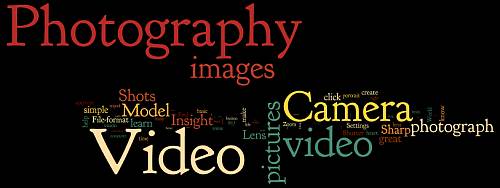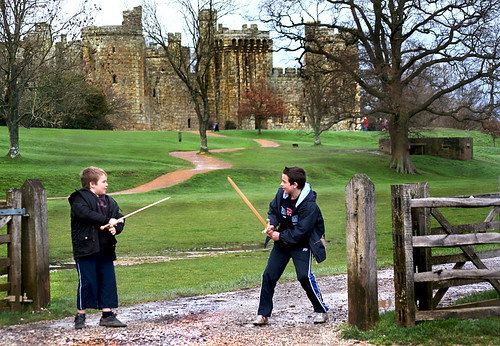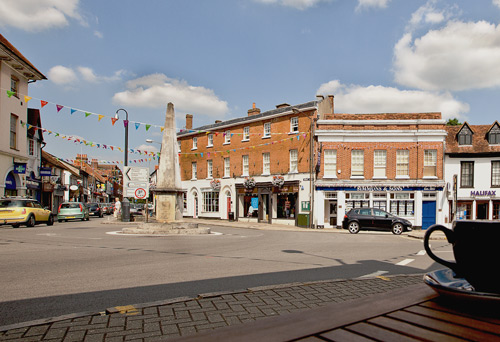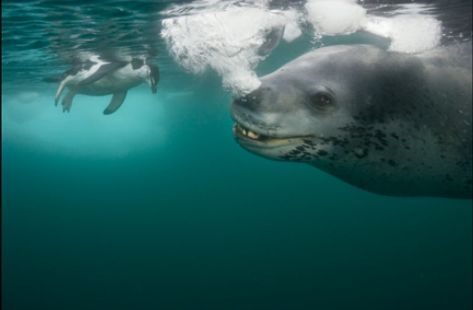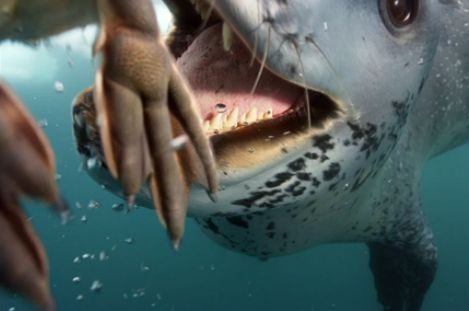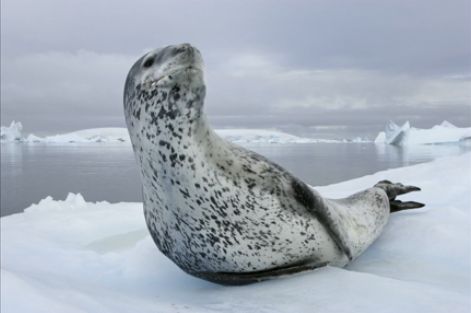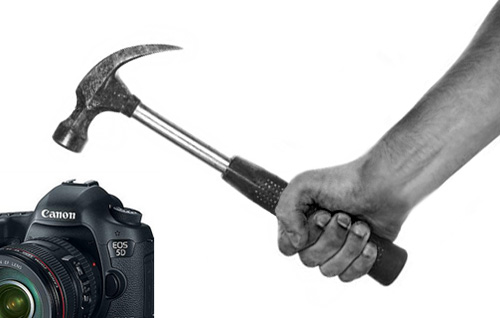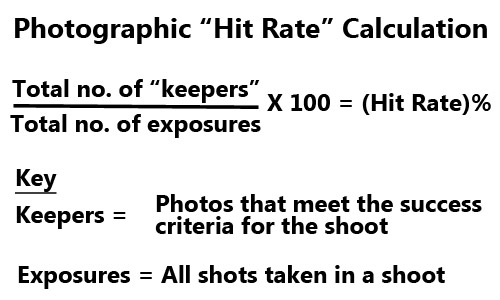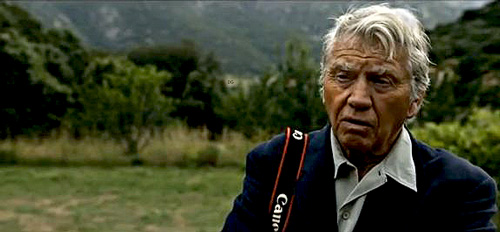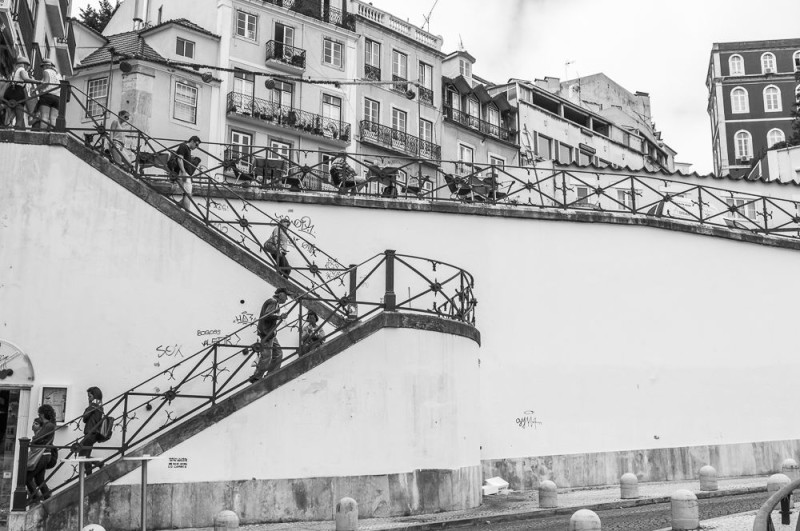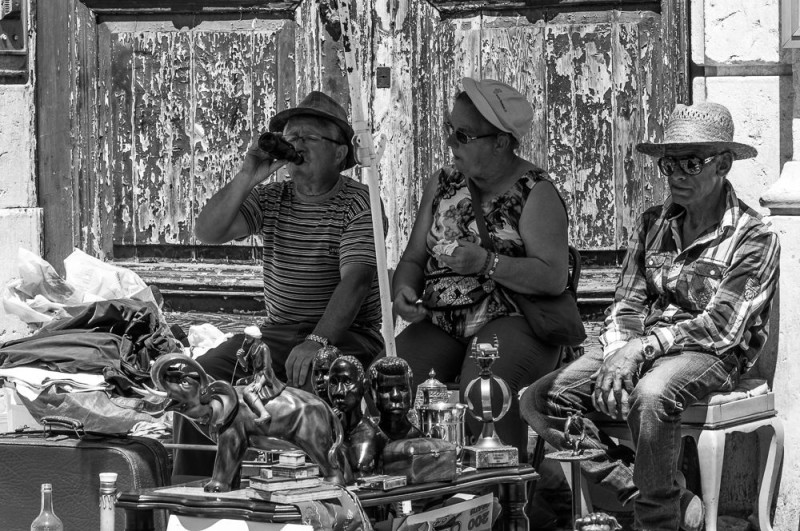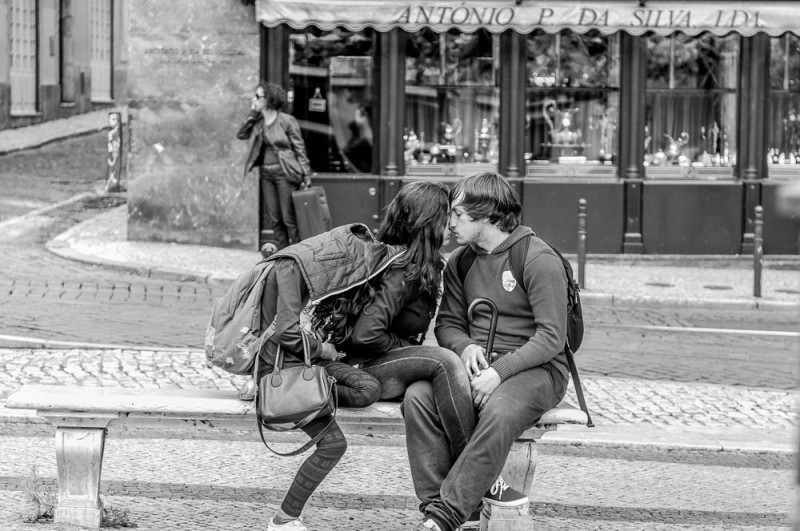
Three ‘Ain’t a Crowd – Taken in Lisbon, Portugal
By Paul Donohoe – Street photographer
• Click image to view large •
By Paul Donohoe on Flickr 
Travel and street photography are a natural fit.
All street photography involves travel. Whether you are travelling round the world, or just across town, this article is for you. It all involves travel. Adventure awaits the traveller and street photographer.
Today’s article
Today we welcome this article from Paul Donohoe. He writes on street photography.
Finding the location
How do you go about finding the best location for street photography in a new place? I am going to cover three tips to help any street photographer, wherever they are traveling, and regardless of the time they have. Each tip will require a little tinkering depending on your needs and preferences, and on the place you’re traveling in.
1. Explore with or without your camera – Play the Tourist
Yes, that’s right: with or without your camera. Surely, you are asking, a good street photographer always carries a camera? Well, sometimes, no. You can carry one as you explore if you insist, but it’ll work better without!
What do people say about tourists? They are so busy trying to get pictures of the things they are looking at that they end up seeing hardly anything at all. Here is tip one: play tourist but without the camera. Just wander around, looking at — and seeing — the sights. Soak up the atmosphere.
If you’re in a new place for a week or so, take more time to wander around. Of course, if you’re visiting for only a day then you might only take an hour.
Following this plan has advantages for the street photographer. Just looking at the sights gets the sightseeing part of the deal out of your system. It’s important for a photographer to spend time without a camera, just using their eyes. In a new place there are always new sights to see. This can be really distracting when you are trying to focus on the lives of the people carrying on amid the other eye candy.
As you explore, you will discover places that appeal to you. You will find where the crowds are, the interesting backdrops – the places you just know you will come back to.
I saw this wall and climbed those stairs once or twice as I explored. I saw this image in my mind’s eye. Then when I came back with my camera, it was there waiting for me!
2. Research: the where, the what, the who and the when
It’s not hard to spend an hour on the internet looking at maps and other information. A lot of people will be content to conduct this research after they arrive at their travel destination, and that’s fine. For me, I like to prepare ahead. The planning, for me, is half the fun!
Are there events, festivals or other activities happening? Where do people gather? What about shopping areas where people stroll? Knowing these things ahead of time, will not only get you excited about your visit, but will start the creative juices flowing.
Check online for the work of other street photographers in the place you’re visiting. Read their blogs, think about their experiences. This isn’t so you can “copy” what they’ve done. You’d be surprised how much you can learn about where and what to photograph — and sometimes where and what not to!
Having heard there was a huge flea market twice a week, I headed there at the first available opportunity. I sometimes think markets were invented for street photography)
3. In street photographer mode…
Keep walking and exploring or focus on a favoured place you’ve found and stay there. You’ve explored and you’ve done your research. Now it’s time to get on with it and get some street photos! The crucial factor in being able to make good street photographs is to be in street photographer mode.
You will read that some people are always in that mode. Perhaps. However, here’s what I mean… To make good street photographs you have to be truly in the space and in the moment. You need to be in tune with the environment and with the people you encounter. In other words, you have to become “of the street” – you belong there, it is your space but it’s also a space you are sharing, even if only temporarily, with other people around you.
Keep walking. Go back to the places you discovered in your exploration and research.
So much of street photography is about feelings, intuition. If, by chance, you come across a space you feel is just right for you, sit awhile and watch the people go by. It might be a park, a town square, or even a train station entrance.
Walking or staying put: there’s no right or wrong. And you can switch between the two; sit for a while till you just feel it’s time to move on.
The picture at the top of the page is one of my all time favourites. It happened after I’d spent an hour just hanging around a small square five minutes from where I’m staying in Lisbon. You really do become invisible if you hang around in one spot long enough.
Three tips… plus!
So, there you have it – three tips for finding the best street photographs when you arrive somewhere new. Actually, there are a couple moew things… Have some fun while you’re at it. Whether you’re there for a day or a couple of months, take your time. There’s no rush – you’ll get the photos you’re meant to!
Paul Donohoe is a Social Documentary and Street Photographer currently traveling to random places as the fancy takes him and his partner. He is passionate about his art and takes his role as a photographer very seriously. He believes that there are no ordinary moments and there are no ordinary people and he has a simple but profound philosophy which informs his work: “Love, Compassion and Empathy are my guides”.
Comments, additions, amendments or ideas on this article? Contact Us

![]()
 Photokonnexion tips by email
Photokonnexion tips by email

